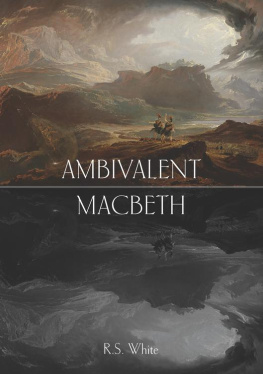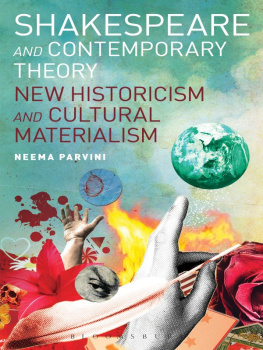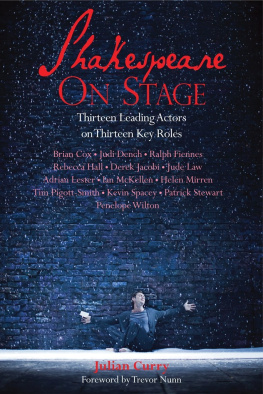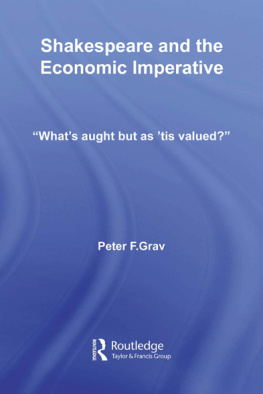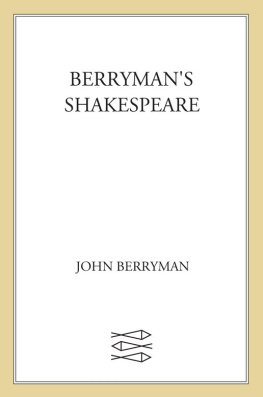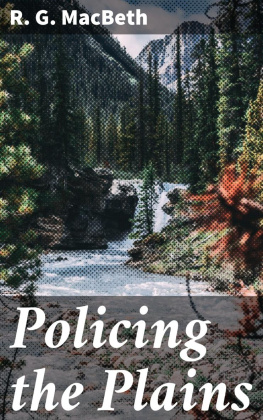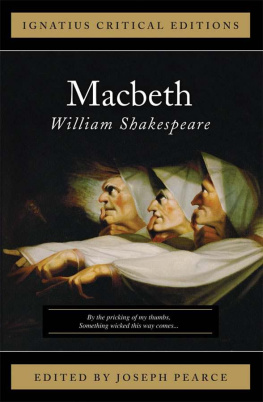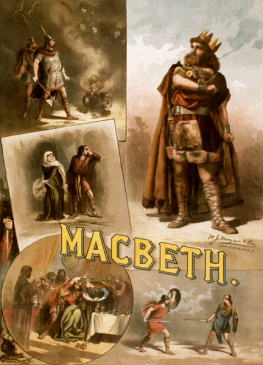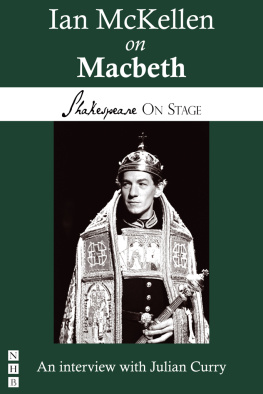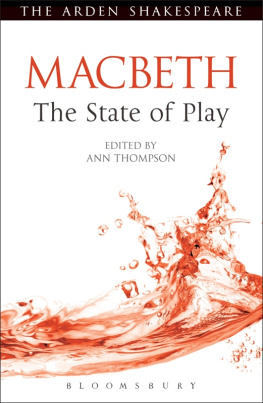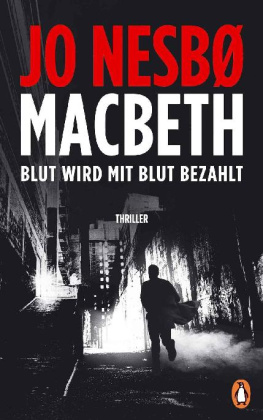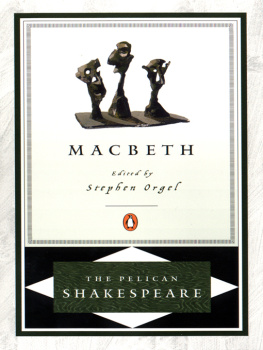Preface and Acknowledgements
The first coming of this book was in 1995, when a very much briefer version appeared in the Horizon Studies in Literature series published by Sydney University Press in association with Oxford University Press, with a strict word limit on each volume to suit the series. The aim of that admirable collection of short critical studies was to refresh students and teachers readings of these books, by offering detailed close analysis allied to an overview informed by recent trends in criticism and scholarship. The decision to reissue this one in a form completely revised and substantially expanded (three times the length) has been made for three main reasons. First, the original book sold out very quickly and has not been revived, while records show that in educational libraries it has consistently been borrowed on an annual basis, suggesting there is a continuing readership. Secondly, the general editors preface, written by Penny Gay, suggested:
Literary criticism is never static; what seemed important to say about a work twenty or fifty years ago will seem glaringly obvious, or irrelevant, to us today. This is because our own perspective or way of viewing the world limits and defines our reading, especially our reading of the past (even the recent past).
This is the case in my re-readings of Shakespeare, and since it is now over twenty years since I recorded my impressions of Macbeth, it is inevitable they have changed, explaining and perhaps justifying the longer length and a wider perspective. The main theme concentrating on ambivalence remains, but the horizon of consideration has widened to incorporate new material and ideas. Thirdly, the restriction on the previous publication was that its audience was conceived as students, whereas here I have tried to address in more detail some of the scholarly issues, hoping to make suggestions which other scholars might take up, widening the potential readership while not losing touch with student needs and interests. I have also tried to write in a way that will interest the wider play-going public. One ghostly trace remains in that now and then key quotations will recur in the new chapters since they can be used to exemplify different points when placed in different contexts and seen from different angles. This is also at times a function of the fact that each chapter is presented as to some extent a self-sufficient discussion of an aspect of a single play, so there will be inevitable overlaps here and there.
Most obviously, there have been many more staged performances and movies of Macbeth since 1995, which have opened new and different perspectives and further demonstrate the plays plurality of readings, so the final chapter needed updating. In addition, this edition presents several completely new chapters on ideas or themes driving the play, which now seem to me to be important in understanding the plays substructure. The most prominent change has taken place in myself. In particular, my involvement since 2011 in the Australian Research Council Centre for Excellence in the History of Emotions 11001800 has provided an opportunity to focus on the primacy of emotions in history, literature and beyond. The concept of emotional worlds is advanced as a loose but suggestive way of expressing new insights into characterisation in an old and familiar text. At every level of understanding of Macbeth, from the text itself to performance on stage and screen and to analysis of ideas, characters and imagery, emotions will be involved as driving forces behind interpretation. Fundamentally, the aim remains the same as the original Horizons series philosophy to be liberating in the hope that scholars and students will find new information about the writers world (both historical and imaginative), and that readers of Shakespeare will be directed to explore techniques of critical reading that they may not yet have encountered to expand the readers horizon. But the horizon of the book has expanded considerably.
I should like to thank Penny Gay, general editor of the Horizon Studies in English Series, for her inspirational efficiency and encouragement in seeing the former series into print. More recently, I am grateful to Ciara Rawnsley for reading the whole typescript and saving me from a host of errors of omission and commission (the remaining ones are mine), and Agata Mrva-Montoya and the Sydney University Press for giving me the opportunity to turn what was little more than a booklet into a book.
Prologue: Sinners as Heroes
Two Elizabethan dramatists became room-mates made in heaven, or more likely in hell. Christopher Marlowe and Thomas Kyd shared lodgings in 1591, with disastrous results for the latter. Two years later, and just before Marlowes death, Kyd was imprisoned, interrogated and probably tortured by authorities keen to investigate Marlowes notorious atheism , a transgression second only to treason in seriousness in a state where religion was commensurate with politics. Undoubtedly terrified under such compulsion, Kyd spilt the beans on his writing companion while trying to save his own reputation, confirming that Marlowe was an atheist and blasphemous traitor who also believed Jesus was homosexual. That I should love or be familiar friend with one so irreligious, were very rare, he says, and he does his best to imply that although sharing a chamber seems an intimate affair, yet their association was little more than professional: Idem ex minimo vestigio artifex agnostic artificem, or an artist recognises an artist by the slightest trace (Honan 2005: 243).
It was his custom when I knew him first to jest at the divine scriptures, gibe at prayers, & strive at argument to frustrate and confute what hath been spoke or writ by prophets and such holy men He would so suddenly take slight occasion to slip out [a blasphemy]. (Honan 2005: 246)
Marlowe, Kyd attested, was wont also to argue that things esteemed to be done by divine power might have as well been done by observation of men (Honan 2005: 246), expressing at least blasphemy and a degree of scepticism close even to atheism. Most damagingly, there was found among Kyds papers a tract described as containing vile heretical conceits denying the eternal deity of Jesus Christ, which Kyd claimed had been owned by Marlowe (C. Marley). The impression Kyd gives of himself, or tried to give, was of one easily shocked and bland, whose sense of incompatibility with his erstwhile room-mate had finally driven him to separate from the accommodation arrangement. We must remember that he was in a difficult situation under interrogation, eager literally to save his own skin, and that too much evidence against Marlowe might well have resulted in incriminating himself. He was eventually released, but even so lost his patronage and could never escape the cloud of suspicion. Certainly the glimpses Kyd gives of a turbulent and troubling shared domicile are intriguing, since both were major and controversial playwrights in their time, dominating the theatrical landscape in fact, and their chamber seems to have held, in terms of sheer writing power, infinite riches in a little room ( Marlowe s phrase in The Jew of Malta; Marlowe 1969: V.1.37).
These two dramatists, at about the same time (somewhere between 1588 and 1591), each wrote a play which was in its own way seminal, and which taken together were two of the most revolutionary, popular and enduring works on the Elizabethan stage right through to the 1630s. They are claimants to having ushered in and sustained the great age of English drama, and for significantly influencing and inspiring the young Shakespeare. Moreover, their paradigm-shifting plays shared in common the kind of double vision simultaneous but contradictory world views which was steadily to become Shakespeares practice. To be specific, Kyd is often credited with having written a virtually mythical, now lost play alluded to during the period, which goes under the name Ur-

